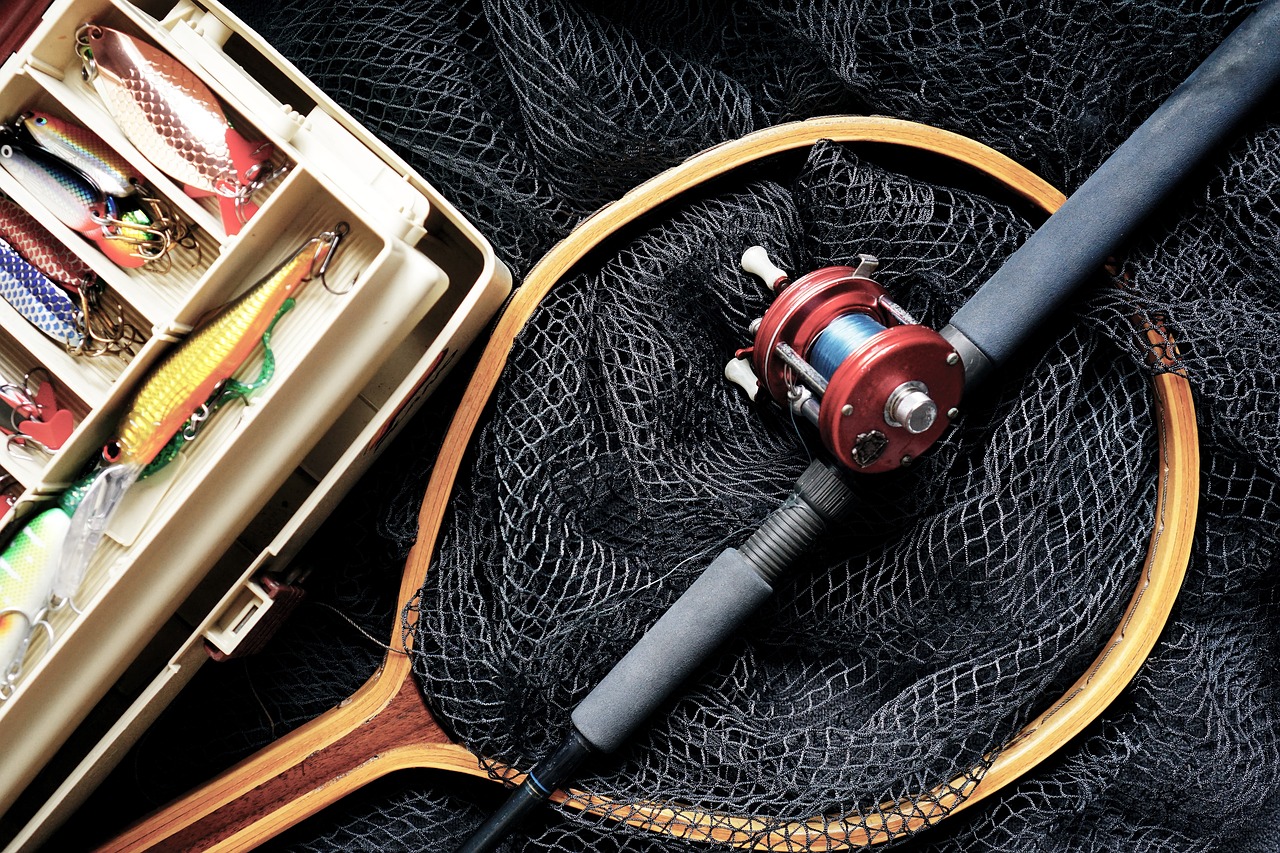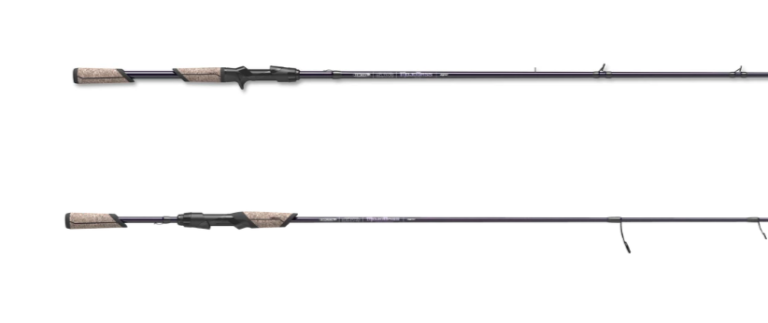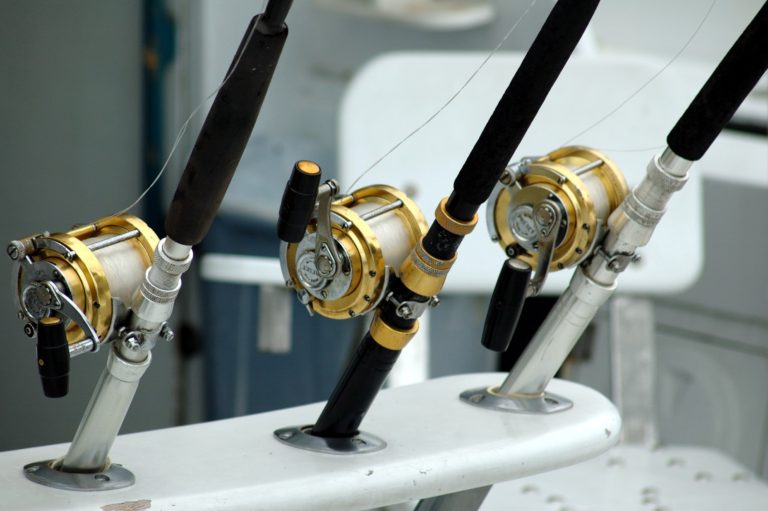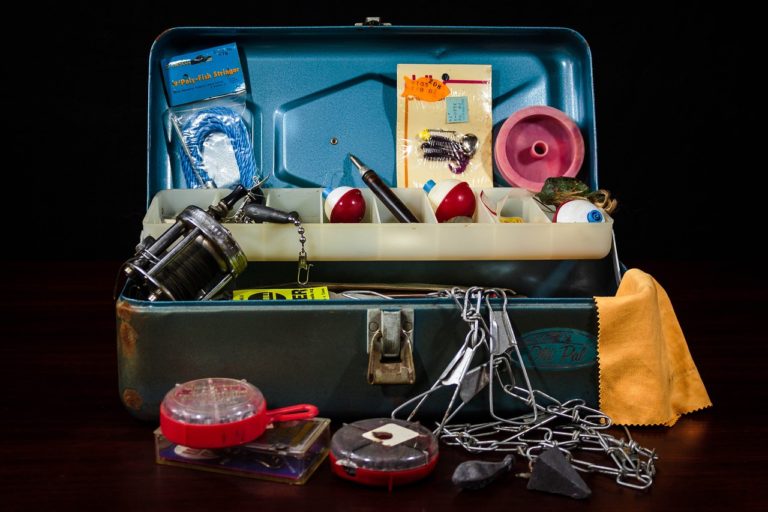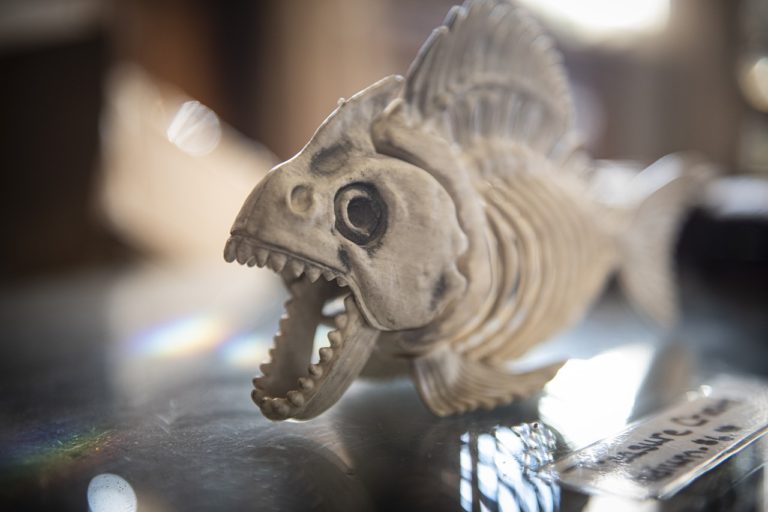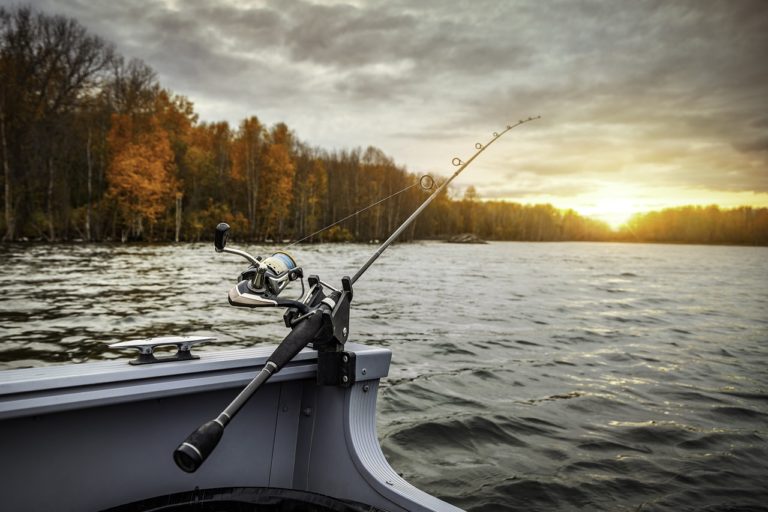Sustainable Fishing Practices: Best Way to Catch and Release Fish
How to Properly Land and Release Fish
Fishing is a hobby that continuously provides a great deal of fun, satisfaction, and personal growth. The sport allows an angler to improve their skills and build their patience, confidence, and perseverance.
A fisherman never stops learning about the craft. However, the craft of fishing does not simply involve hooking a fish. It also involves learning sustainable fishing practices and releasing fish safely back into their natural habitat.
In this article, you will learn the best practices for landing and releasing your catch to keep the fish safe and healthy. Ultimately, it is up to each individual to help keep the world’s fish population healthy and sustained.
Preparation
The sport of fishing involves a significant amount of preparation and thinking ahead. Everything from where you will fish to what you will eat and drink while you’re fishing involves preparations.
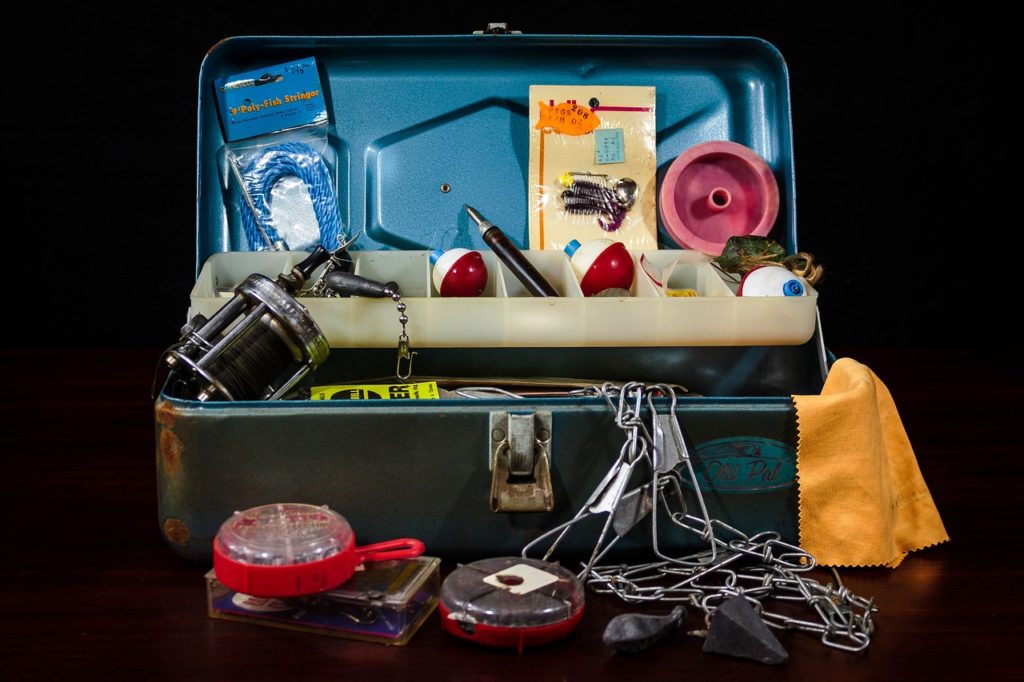
If you don’t think ahead of time you will find that you don’t have the right lure or correct-sized hook. You might find that you become hungry and because you didn’t plan and bring food, you now have to pack up all your stuff and head to the nearest fast food restaurant.
Whatever it is it involves at least a small amount of preparation. Landing and releasing fish is no different. It involves knowing what equipment and tackle you need to bring. Additionally, it involves knowing your local laws and regulations.
Catching Fish
Hooks, Bait, and Lures
Catching fish involves using bait or lures attached to hooks. The type of bait you use actually can affect the health of the fish. If you use artificial baits and scents it will encourage the fish to inhale the bait, meaning also inhaling the hook. It is far preferable to hook a fish in the lip because it is far easier to remove it.
Conversely, if the hook is inhaled, it will end up deeper in the fish closer to the stomach. Hooks located in the stomach are far more difficult to remove. With this being said, sometimes no matter what you do to avoid it, the fish will still inhale the hook.
In situations like this, you may find it almost impossible to remove the hook, even with long needle-nose pliers. The best thing to do at this point is to cut the line as close to the hook as possible and leave the hook in the fish. If you’ve used a non-stainless steel hook, it will eventually corrode and come out of the fish naturally.
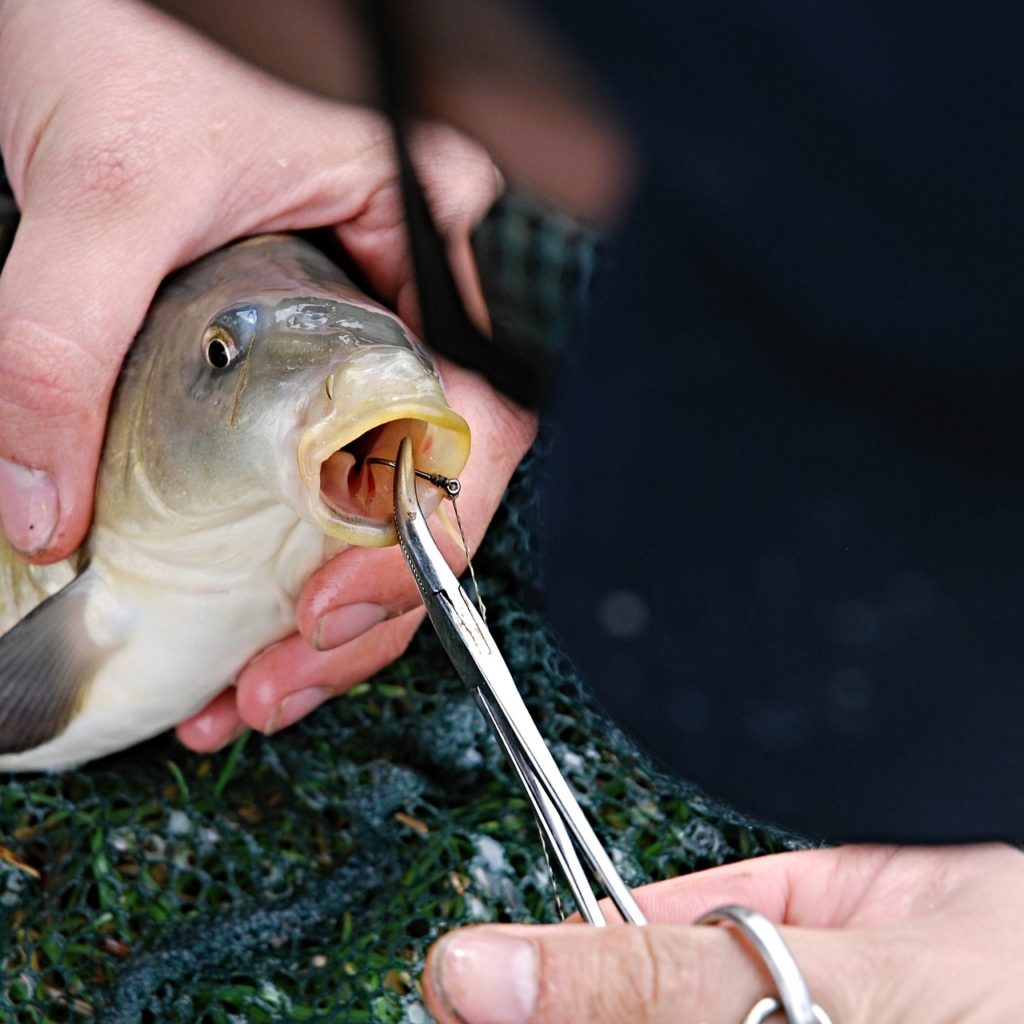
This brings us to the next idea for safe fishing which is what hooks to use. It is recommended to use circle hooks, barbless hooks, or hooks with the barb pressed down or removed. All of which should be non-stainless steel for the reason previously mentioned.
You can press down the barbs on hooks with pliers. These hooks will be much easier to remove meaning the fish will be in your possession for much less time. As you’ll learn later in the article, reducing the time it takes to release a fish can be vital to the life of the fish.
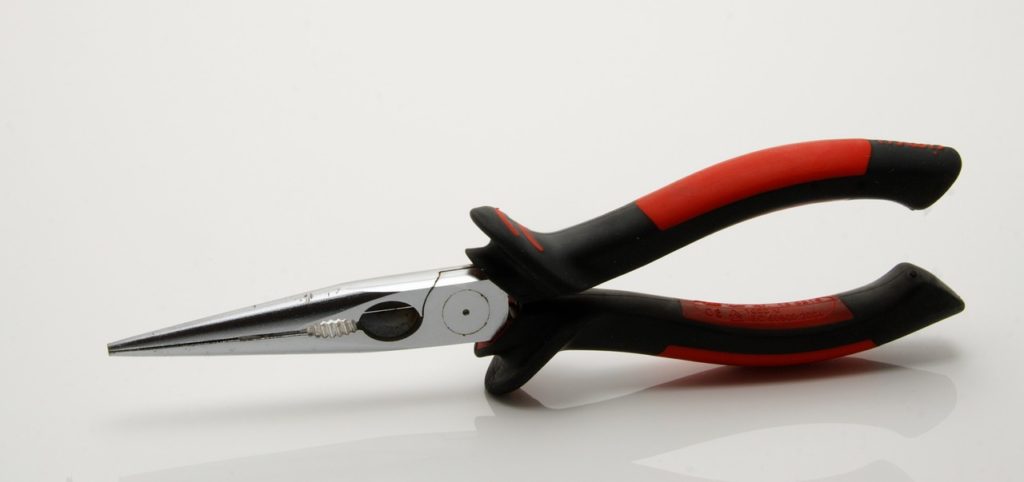
Treble hooks have three separate hooks which can make it complicated to remove from a fish. There is more chance to hook the fish, but these hooks can tend to over-hook the fish when it is not necessary.
Reeling in the Fish Safely
When you hook a fish be sure you bring in the fish as quickly as possible. This will involve using equipment large enough for the fish you are trying to catch. Using the proper size reel and rod will ensure the fish doesn’t have the strength to overpower you and prolong the fight.
As a fish is fighting, lactic acid builds up in the fish. The more tired the fish is by the time you can release it, the more likely it is to die after release.
When you feel the fish tiring try to lead it out of strong currents. Avoid dragging the fish through gravel and rocks as this can damage the fish and scrape off its protective layer. If the protective layer is removed, it exposes the fish to potentially deadly fungi or bacteria.
Bigger fish will fight harder and will inevitably last longer. You must take extra care and quickness when dealing with the bigger fish who will undoubtedly be incredibly tired.
Sometimes the best thing for the fish is to not catch them at all. If the water temperatures are too warm or the flow of water is too low, it may be a good idea to simply avoid catching fish in this area.
Landing Fish
For some fishermen simply catching a fish is not enough. They have to get the fish on land and in their hands. This is called landing a fish. It’s a natural thing to want to do when you are fishing, especially if you are fishing for food.
Landing the fish is equally as important as getting that hook in its mouth. But how do you properly land a fish if you don’t plan on keeping it or are unsure if you are allowed to keep it? Sometimes you need to measure the fish before you will know if it is one you can keep or have to return to its natural habitat.
Leave the Fish in the Water if Possible or Necessary
So how do you properly land a fish? Some fish you are not allowed to take out of the water. This is something you need to research ahead of time. Find out the fish that are in the area you are going to fish. Research which fish are protected and are not allowed to be fished and which ones are not allowed to be taken out of the water if accidentally caught.
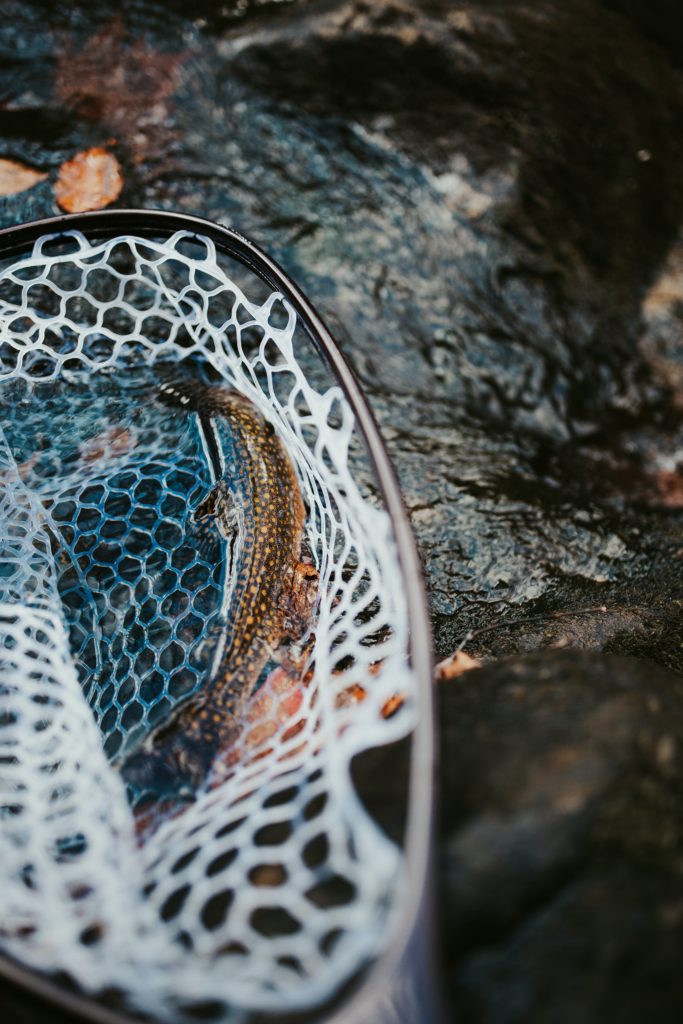
You can use a net or cradle to hold the fish in the water while you remove the hook with needle-nose pliers. Make sure you have wet hands whenever you handle fish to ensure you do not remove the protective layer mentioned earlier in the article.
Make sure the net you are using is rubber and knotless as this will also ensure the fish’s protective layer is not accidentally scraped off. It also helps to have a net that has a wide frame and shallow mesh to make it easier for the fish to enter and exit from the net.

If the fish fought hard and is tired you may need to move the fish back and forth to get oxygenated water through its gills. Holding fish upside down in the water can limit its struggle and make it easier to remove the hook faster.
Removing the Fish From the Water
If you are going to take the fish out of the water to measure, keep, or take a picture, be sure to never use a gaff to pull the fish out. Always use a rubber net like the ones mentioned earlier.
Always avoid holding the entire weight of the fish by its jaws. Their jaws are vitally important for them to eat and survive. With wet hands, support the fish’s body with your hands, but keep your fingers away from their gills and eyes. Do not squeeze the fish too tight. Always make sure your hands are wet when handling fish to ensure their protective layer is not compromised.
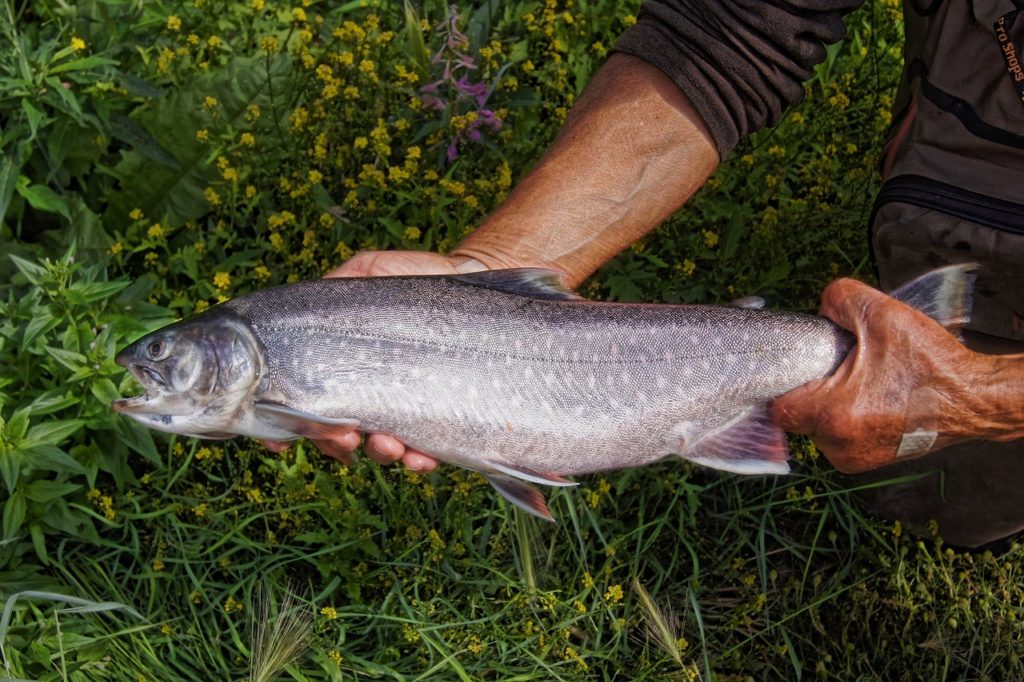
Never use a towel for grip. Only use a towel to clean your hands after you have handled the fish. The towel is just another way the protective layer can be removed from a fish.
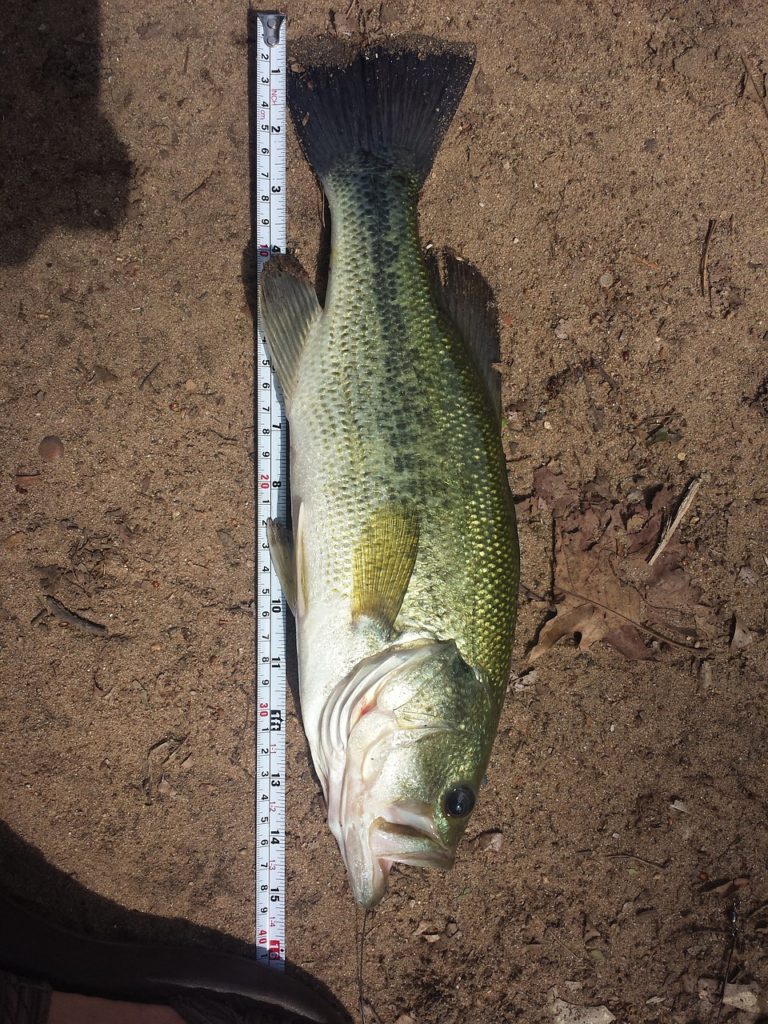
While the fish is out of the water, quickly measure or take the picture as you want to limit the exposure to air. As much as possible keep the fish wet.
Returning Fish to Water
If a fish is too tired to swim, hold onto the fish and allow it to regain its energy. You can do this by moving the fish through the water to get oxygenated water through its gills. Once the fish has regained its energy it will be able to swim away from your hands.
If you release an exhausted fish, it will be unable to recover on its own or leave it vulnerable to attacks from predators.
Never throw the fish back into the water as the shock of hitting the surface of the water can kill or knock out the fish.
Conclusion
Whether you love fishing or not, we can all agree on the importance of sustainability and the health of our planet and the living organisms that inhabit it.
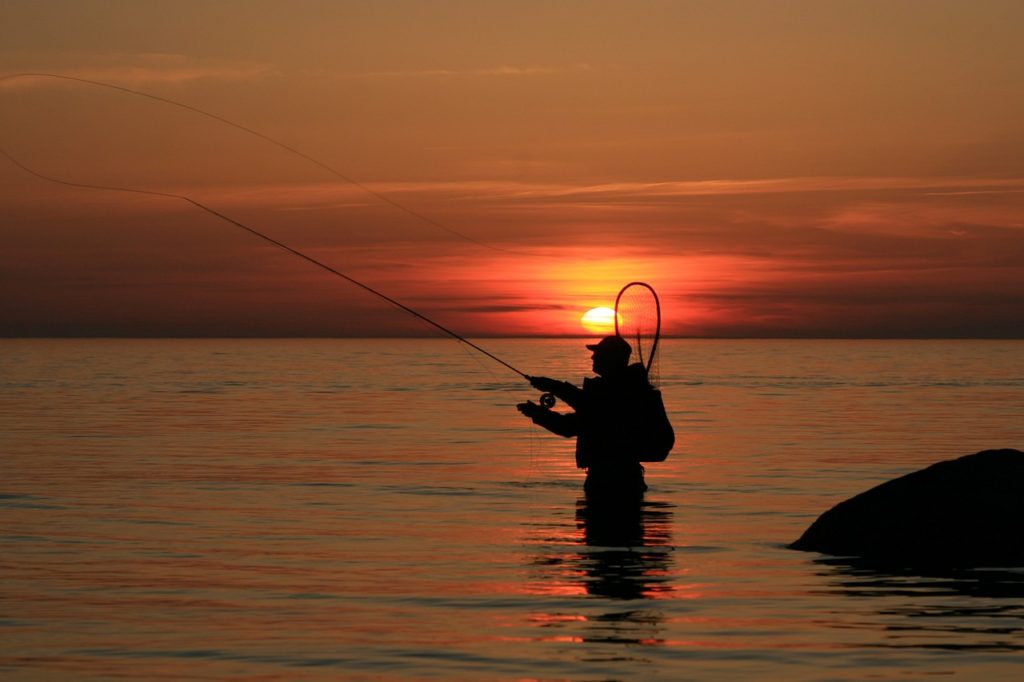
One way fisherman can do their part to keep the fish populations healthy is by properly catching, landing, and releasing fish back into their natural habitat.
In this article we’ve closely examined those 3 main aspects of fishing, laying out the dos and don’t of each stage. Each stage requires preparation and thinking ahead of time
Catching a fish requires knowing the size of the tackle you will need to ensure you bring the fish to shore as quickly as possible. It involves using the right hooks that will be easy to remove and will corrode if unable to be removed.
We also learned what best to do when landing the fish. Some fish you’re not able to take out of the water. For the best health of the fish even those you can take out of the water, the best thing to do is keep them in. You can use a rubber net because they have a protective layer that helps with fungus and bacteria.
